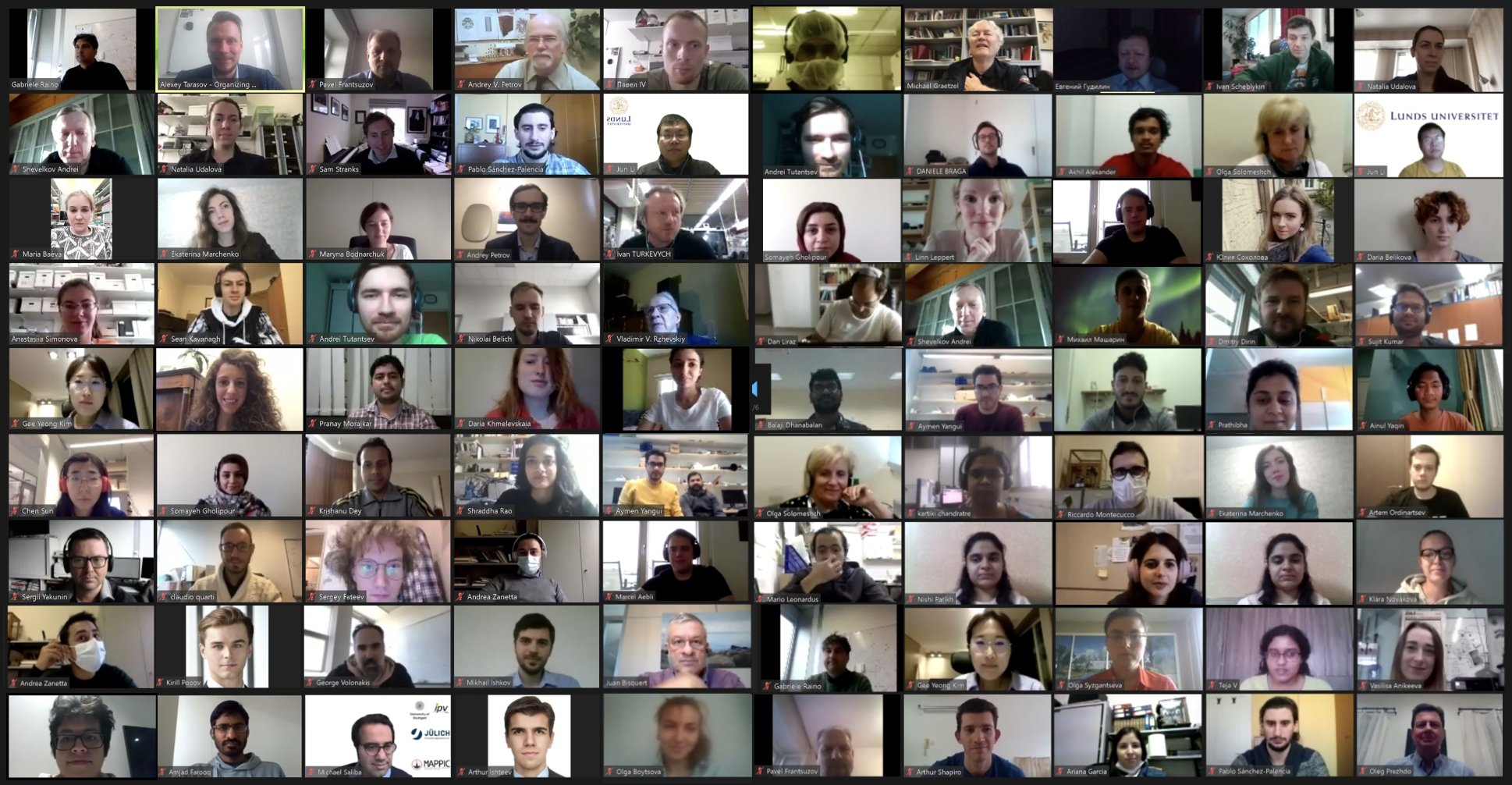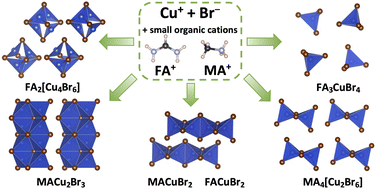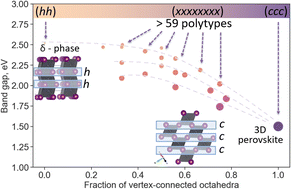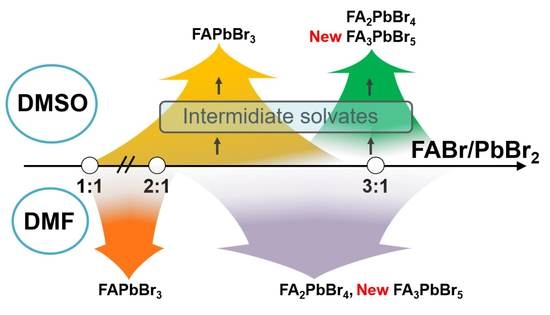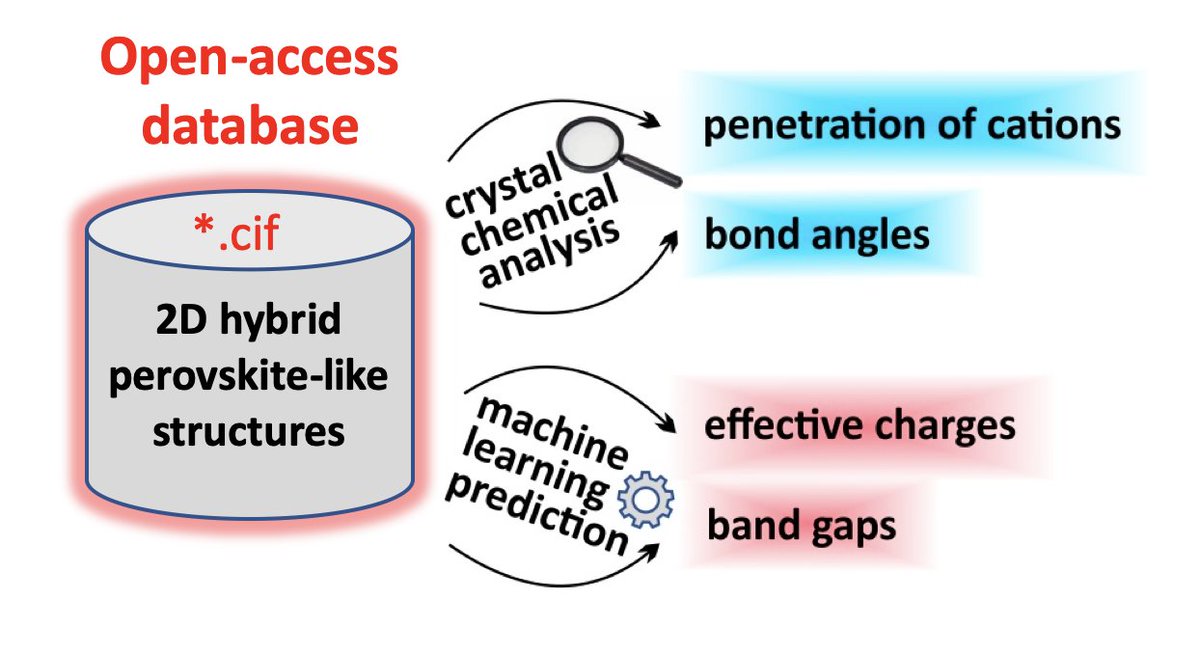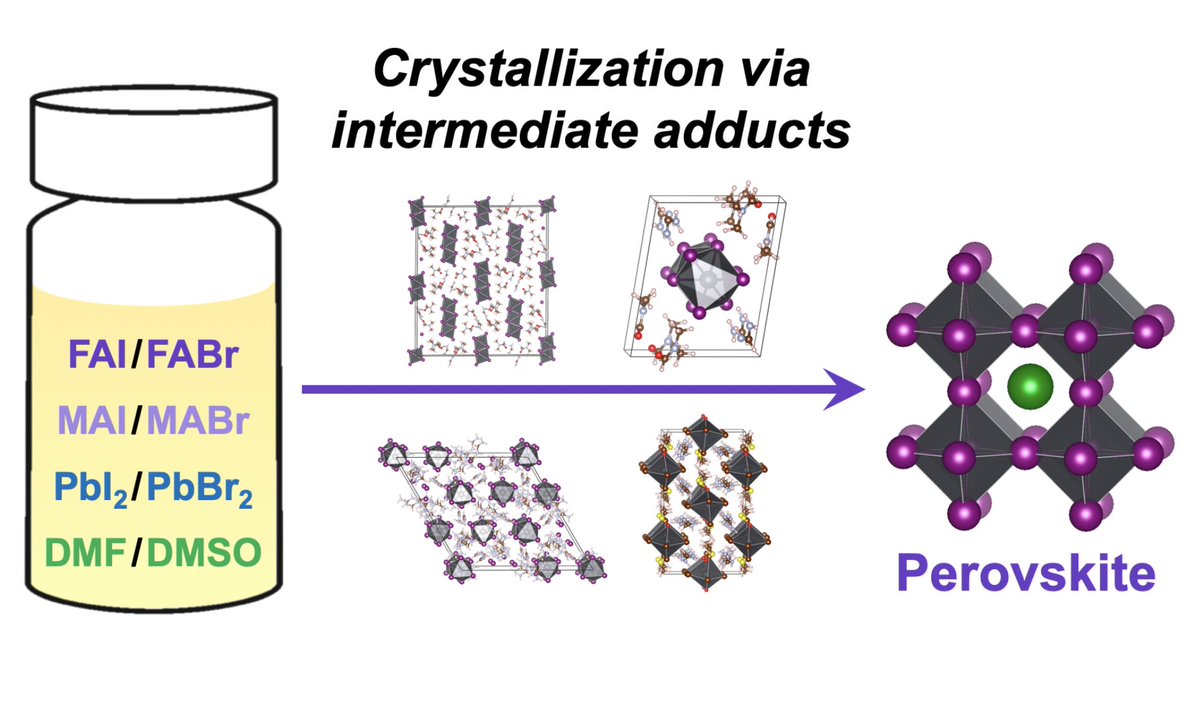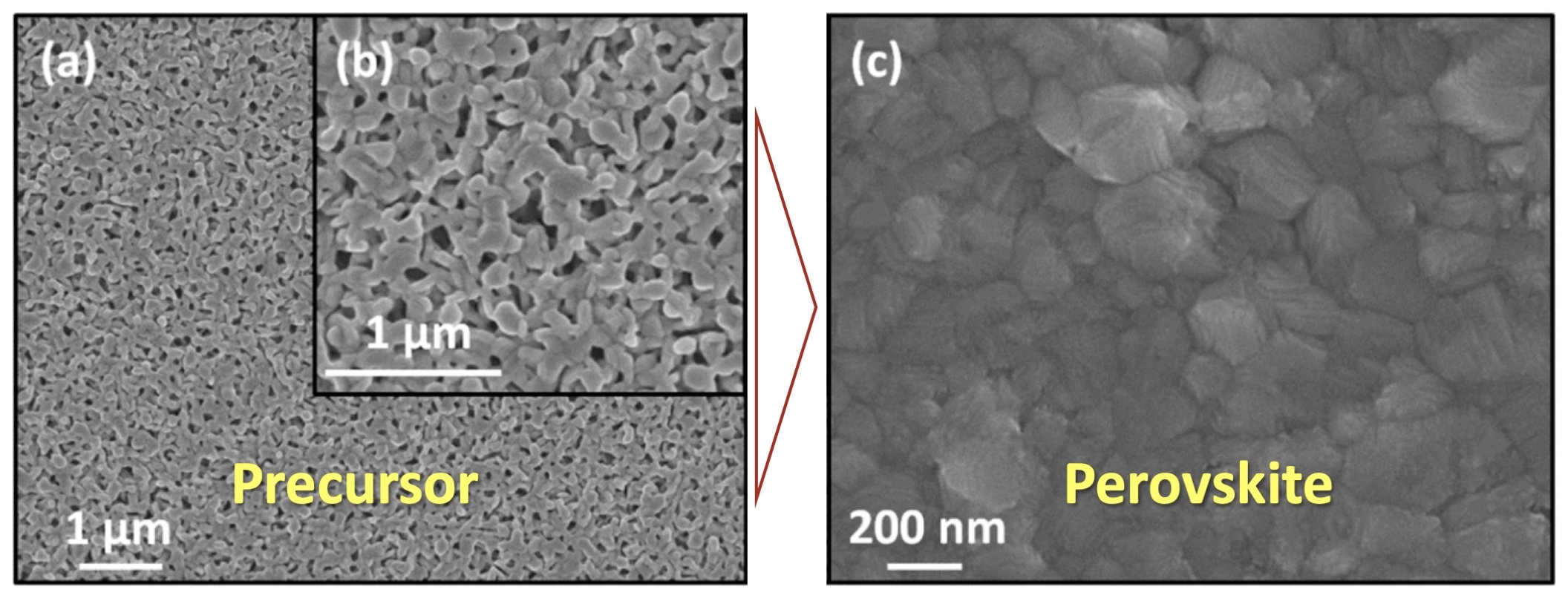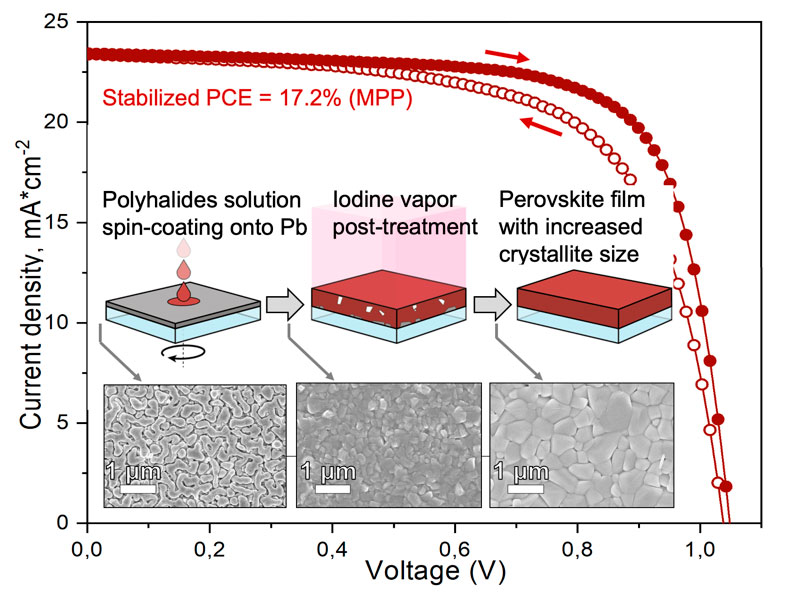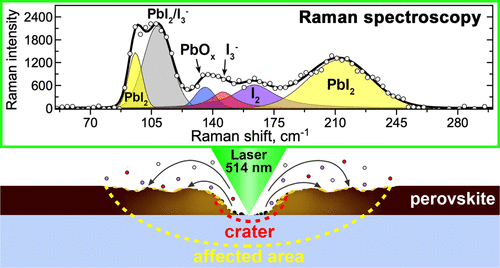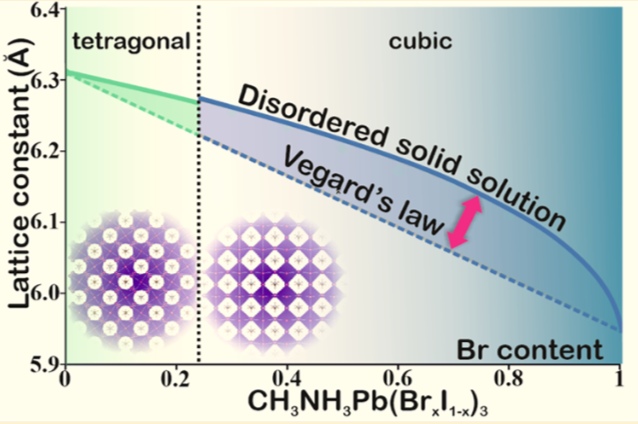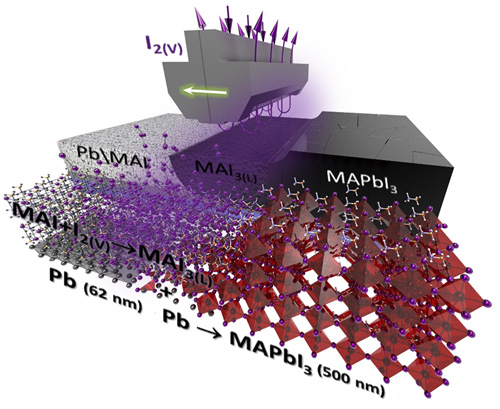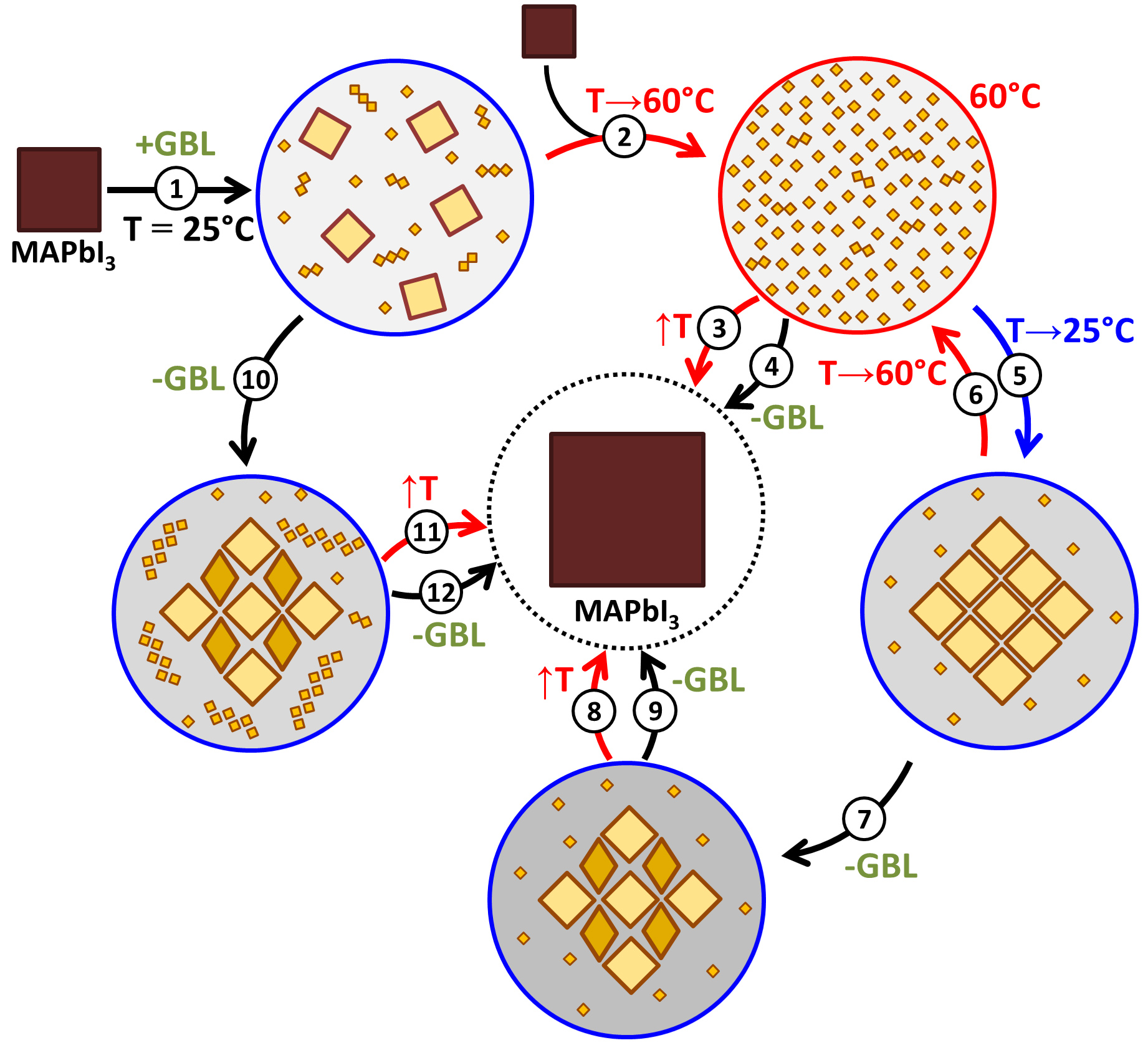On October 26-28th, Moscow Autumn Perovskite Photovoltaics International Conference (MAPPIC-2020) was held at the Moscow State University for the second time. The conference was organized by the Laboratory of New Materials for Solar Energetics on the Faculty of Materials Science and the Faculty of Chemistry with the support of the Russian Science Foundation (project No. 19-73-30022).
Due to the difficult global epidemiological situation, it was decided to hold the conference online, which, however, did not stop foreign participants from taking part. In total, over 250 scientists from the leading scientific centers of 30 countries took part in the conference as speakers and listeners.
The scientific program of the conference was aimed at discussing the most pressing issues of the field hybrid perovskites, including the prospects for the commercialization of perovskite and tandem solar cells, the use of hybrid perovskites in light-emitting devices and radiation detectors, the fundamental issues of perovskite physics and chemistry, the use of modern computational methods based on DFT, Big Data and machine learning for predicting new materials and their properties.
During the conference, 45 oral presentations and 27 posters were presented. Plenary talks were presented by leading scientists of the field, including prof. Michael Graetzel (EPFL, Switzerland), prof. Eugene Goodilin (MSU, Russia), prof. Juan Bisquert (Jaume I University, Spain), prof. David Mitzi (Duke University, USA), Alexey Tarasov (MSU, Russia), prof. Aron Walsh (Imperial College London, UK), prof. Michael Saliba (University of Stuttgart, Germany), prof. Makhsud Saidaminov (University of Victoria, Canada), prof. Giulia Grancini (University of Pavia, Italy), prof. Linn Leppert (University of Twente, Netherlands), prof. Oleg Prezhdo (University of Southern California, USA), prof. Pavel Troshin (Skoltech, Russia), Ivan Turkevych (AIST, Japan), and many others.
ПAt the end of the conference, Hadiah Fattai (University of Oklahoma, USA) with a report on low-dimensional indium bromides was awarded the diploma for the best oral presentation. Amjad Farooq (Duisburg-Essen University, Germany) and Daria Belikova (MSU, Russia) received diplomas for the best posters. All invited participants and nominees for diplomas received unique prizes - statuettes with a piece of perovskite, CaTiO3 mineral, from the perovskite mines of the Ural Mountains, where the mineral was discovered.

All participants were invited to publish their results in a peer-reviewed special virtual issue of Mendeleev Communications journal (Elsevier, IF = 1.7): "10 years of perovskite photovoltaics: achievements and new challenges". In addition, the Book of Abstracts has been already published and is available.
The NMSE-lab expresses gratitude to all the members of the Organizing Committee for the support in holding the conference, as well as to all the participants for the high-quality presentations. The conference is planned for next year as well. Follow the news on MAPPIC-2021 on the conference website: http://www.mappic.ru/





